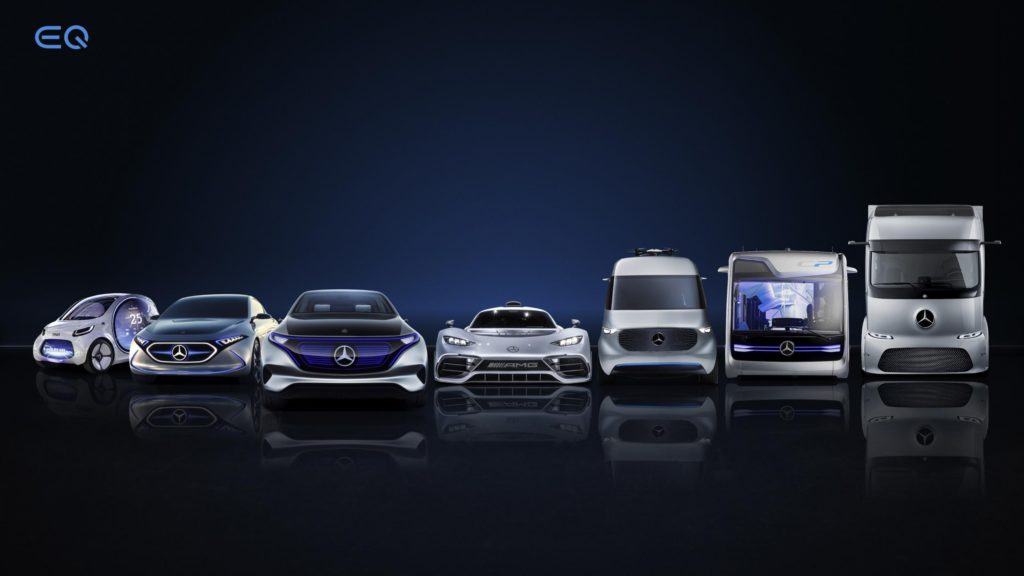Brexit, electrification and WLTP worries for Daimler as profits drop
07 February 2019

7 February 2019
Daimler has highlighted Brexit, electrification and WLTP as continuing challenges in 2019 as it posted a dramatic drop in net profits in 2018.
Although the company’s revenues rose by 2% to €167.4 billion, net profit dropped 28% to €7.6 billion (down from €10.6 billion in 2017). Group unit sales rose slightly, up 2.4% to 3.4 million, but operating margins fell 23% in the last three months of the year alone.
Speaking at the firm’s annual press conference to announce the results, CEO Dieter Zetsche cited ′strong headwinds’ that could impact the business further during the course of the year.
Brexit worries
The UK will leave the European Union on 29 March and while Daimler has no manufacturing facilities in the country, it does have strong sales in the market.
′It could put the world economy into an uncertain situation. The UK is the world’s fourth biggest market for us, and if a no-deal Brexit became a reality, the market in Great Britain would be very much adversely affected. Foreign exchange relations would also become unfavourable. It’s a big part of our risk portfolio.’
When asked about the impact of Brexit and how it could affect the manufacturer group, Zetsche commented: ′It could put the world economy into an uncertain situation. The UK is the world’s fourth biggest market for us, and if a no-deal Brexit became a reality, the market in Great Britain would be very much adversely affected. Foreign exchange relations would also become unfavourable. It’s a big part of our risk portfolio’.
Electrification
Research and development expenditure increased to €9.1 billion last year, up from €8.7 billion. This was primarily related to the development of new models and model upgrades, the further development of efficient and environmentally friendly drive systems, safety technologies, autonomous driving and the digital connectivity of the products.
It is therefore likely that the need for further investment in the design and development of new models with electric drivetrains – to follow the EQC – will impact Daimler’s 2019 profits. The company plans to offer electrified variants of its cars and vans by 2022, with 130 models including 48-volt mild hybrids and full electric vehicles (EV). The company also recently invested in expanding its battery cell production at nine facilities to meet demand.
WLTP
Zetsche is also concerned that the new WLTP regime for emissions will mean the company’s average CO2 levels will rise in 2018 and 2019 as the numbers are very different to those recorded under previous NEDC testing.
′We have not finalised and published the 2018 number, but it is fair to say it is an increase which makes the gap to 2021 even bigger,’ he told journalists.
The statement could cause concern for the company, which is facing large fines for every gram over the 95g/km target that has been implemented for 2021. With even stricter targets for 2025 and 2030 in place, the carmaker will have to push sales of electric and hybrid vehicles, Zetsche said.